Achieving Hyper-Realism in 3D Games: Pushing Visual Boundaries
22 December 2024
Have you ever played a game so immersive that you forgot it wasn’t real? Remember that moment when you caught yourself marveling at the shimmering water reflections or the way sunlight kissed the ground? That’s the magic of hyper-realism in 3D games. But achieving such jaw-dropping visuals isn’t as simple as tweaking a few settings or slapping on a fancier texture. It’s an art—a technical ballet of creativity, precision, and innovation.
In this article, we’ll dive deep into what it takes to push visual boundaries in 3D gaming. From advanced rendering techniques to the use of AI, let’s unravel how developers create these hyper-realistic masterpieces. Buckle up; it’s going to be an exciting ride!
What Is Hyper-Realism in 3D Games?
Hyper-realism in gaming isn’t just about making things "look good." It’s about mimicking reality so closely that you’re left questioning where the game ends and real life begins. Think sweat dripping down a character’s brow, trees swaying in the wind, or dust particles floating in the beam of a flashlight. It’s these tiny details that sell the illusion.But why go through all this trouble? Simple—immersion. Games are all about creating experiences. The more real the world looks and feels, the easier it is for players to lose themselves in it. Developers, however, face a steep uphill climb to make that happen.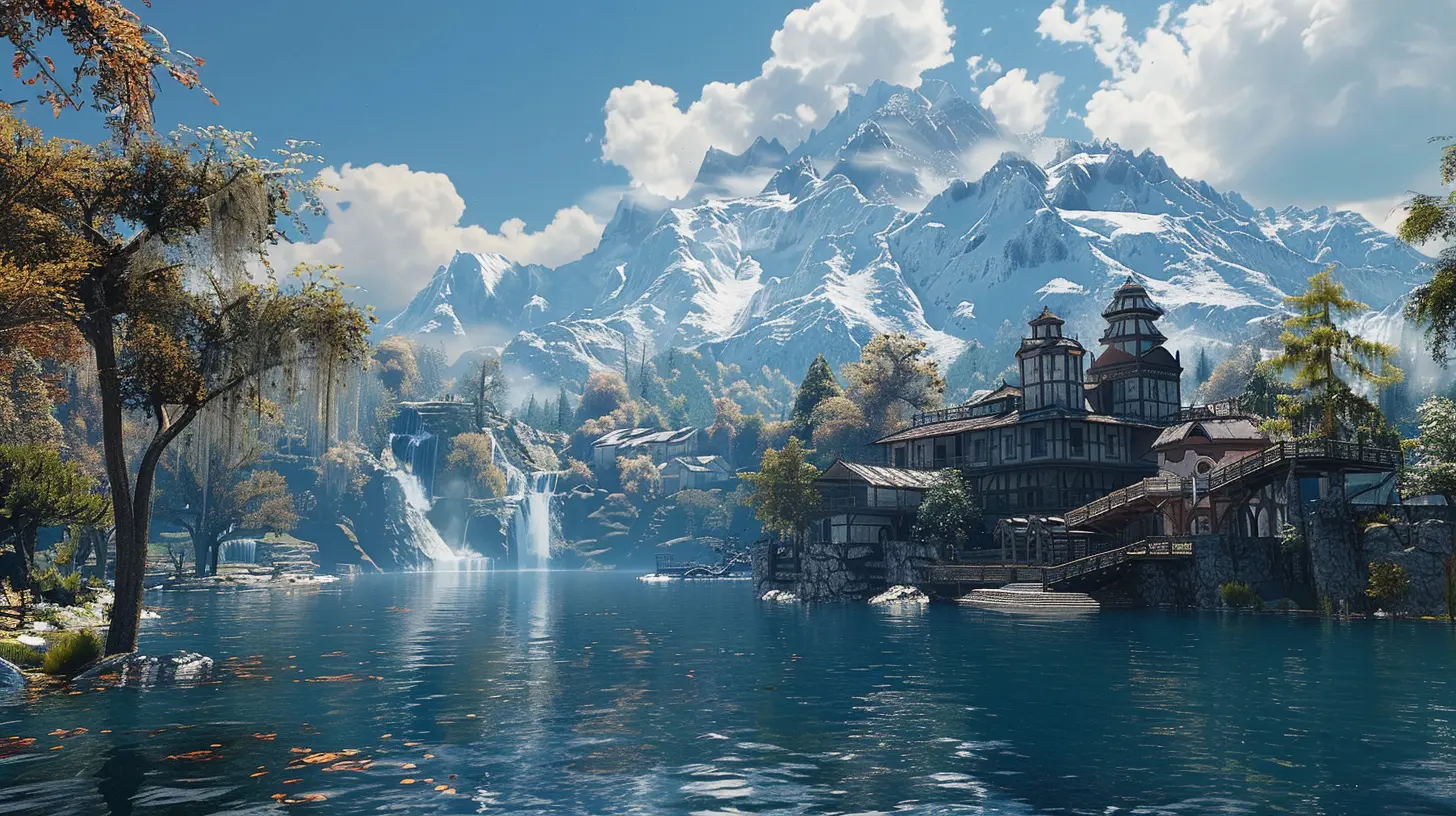
The Building Blocks of Hyper-Realism
Creating hyper-realistic visuals isn’t child’s play. It’s like piecing together a complex puzzle where every piece—lighting, textures, physics, and animations—needs to align perfectly. Here’s a closer look at some core elements that make this possible.1. Lighting: The Heart of Realism
If there’s one thing that can make or break a game’s realism, it’s lighting. Proper lighting brings depth, mood, and believability to a scene. Modern techniques like ray tracing are game-changers here.Ray tracing simulates how light behaves in the real world, bouncing off surfaces, casting shadows, and reflecting subtle details. It’s the reason why puddles in games like Cyberpunk 2077 or Control look so convincingly wet.
But here’s the catch—ray tracing is resource-heavy. To lighten the load, developers often combine it with baked lighting—pre-calculated light effects stored in a game’s memory. It’s a clever little trick, balancing beauty and performance.
2. Textures: The Skin of the World
Textures are what make objects in games look tangible. A car’s glossy paint, the rough bark of a tree, or the peeling posters on a city wall—all these are textures. But not all textures are created equal.Enter PBR (Physically Based Rendering). PBR uses real-world physics to ensure textures behave accurately under different lighting conditions. For example, a metallic surface will reflect light differently than a wooden one—and PBR nails that interaction.
Want to take it a step further? Add normal maps and displacement maps to simulate tiny surface details like scratches or bumps. These details might seem insignificant, but trust me—they add layers of realism that players subconsciously notice.
3. Animations and Physics: Movement Matters
Static worlds? No, thank you. To achieve hyper-realism, objects and characters need to move in ways that mimic life. Enter the realm of animations and physics.Using motion capture (mocap), developers can record real human movements and translate them into the game. That’s why character actions in games like The Last of Us Part II feel so natural. But mocap isn’t just for humans. Developers also capture animal movements or even how fabric flows in the wind—it’s next-level dedication.
And let’s not forget about physics. Realistic simulations of how objects interact—like how a stack of boxes tumbles or how water ripples when disturbed—are critical in selling the illusion. Today’s engines, like Unreal Engine 5, boast impressive physics capabilities, making these interactions incredibly lifelike.
4. AI-Powered Tools: The Unsung Heroes
We can’t talk about hyper-realism without mentioning artificial intelligence. AI is like the secret sauce that amplifies everything—from automating complex processes to enhancing textures and animations.Take NVIDIA DLSS (Deep Learning Super Sampling), for instance. This AI-powered technology improves frame rates while maintaining crisp visuals, making it possible to render hyper-realistic worlds without tanking performance.
And then there’s AI upscaling, which can turn lower-resolution assets into stunning high-resolution visuals. This trick allows developers to achieve more with less—a win-win for gamers and studios alike.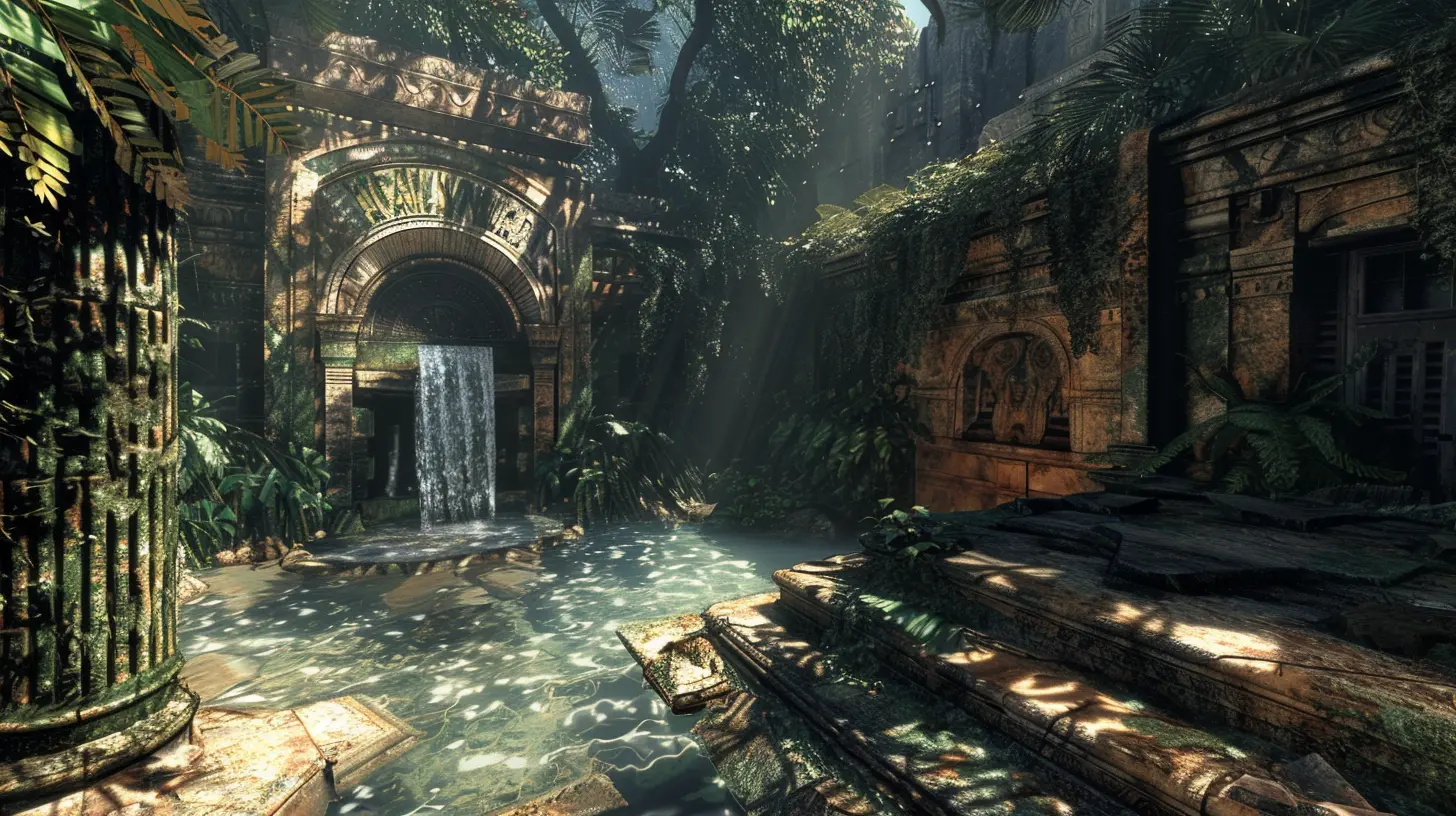
The Role of Game Engines in Hyper-Realism
Game engines act as the backbone of hyper-realistic games. They’re the sandbox where all the magic happens. Unreal Engine 5 is currently leading the charge, thanks to its groundbreaking features like Nanite and Lumen.- Nanite allows developers to use incredibly detailed 3D assets without worrying about performance. Think millions (yes, millions!) of polygons in a single scene.
- Lumen, on the other hand, handles dynamic lighting, ensuring that scenes react realistically to light changes in real-time.
Other engines, like Unity, are also stepping up their game, incorporating features like HDRP (High Definition Render Pipeline) to deliver stunning visuals.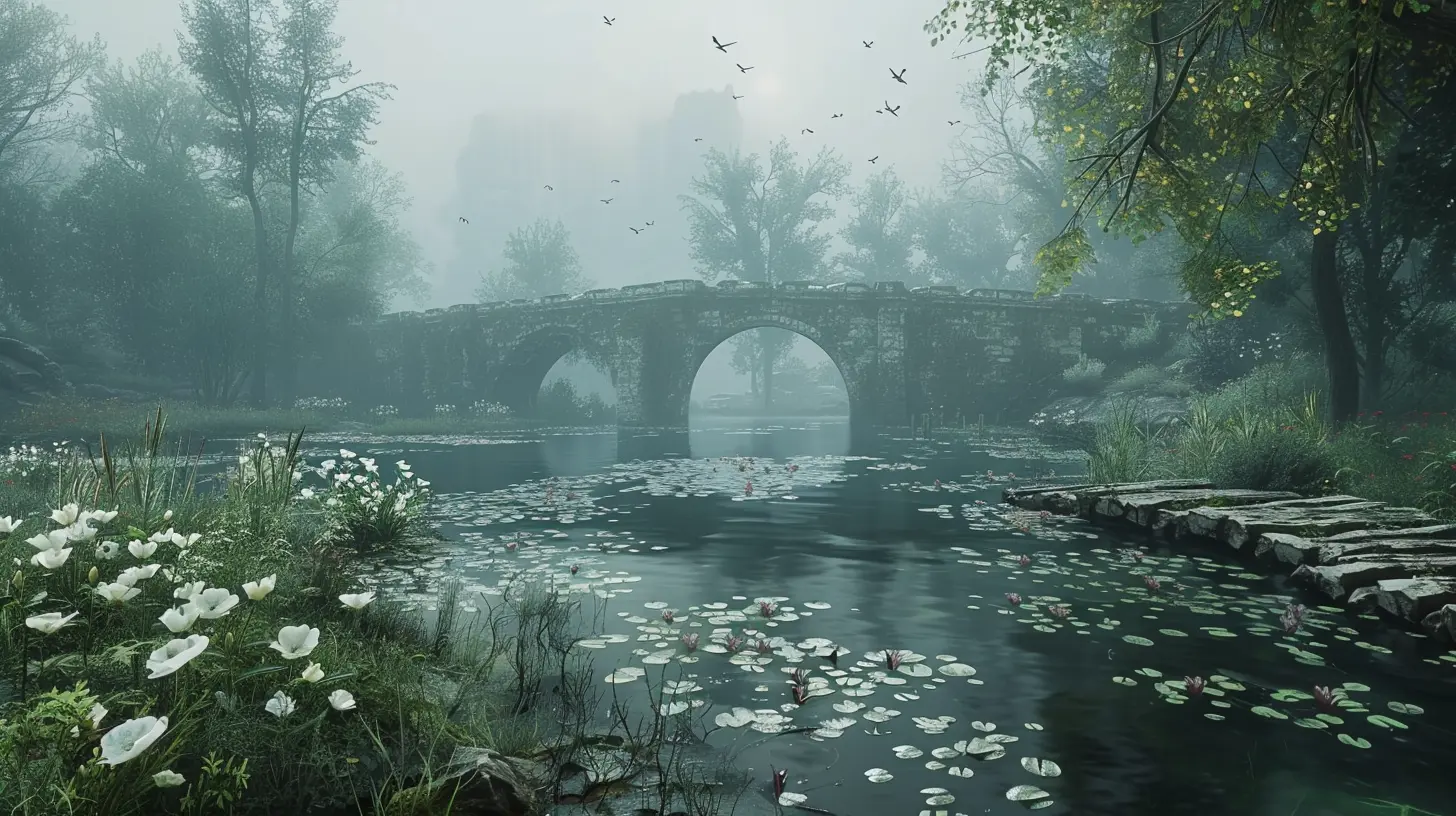
Challenges Developers Face When Creating Hyper-Realistic Games
Okay, so hyper-realism sounds amazing, but it’s not all sunshine and rainbows. Developers face an array of challenges, and it’s worth understanding the hurdles they overcome to give us these visual spectacles.1. Performance vs. Visuals
Here’s the brutal truth: not everyone owns a high-end gaming rig or the latest console. Developers must balance jaw-dropping visuals with playability across a spectrum of hardware. And this often means making tough compromises.2. The Cost of Realism
Creating hyper-realistic games takes time, money, and manpower—lots of it. Studios invest years (and millions of dollars) into crafting these masterpieces. Gone are the days when a small team could whip up a best-seller in a basement.3. Uncanny Valley
Ironically, as games get more realistic, they sometimes risk falling into the uncanny valley—a psychological phenomenon where characters look “almost human” but not quite, leaving players feeling uncomfortable. Striking the perfect balance between realism and artistic stylization is key.The Future of Hyper-Realism
So, what does the future hold? With advancements in AR (Augmented Reality) and VR (Virtual Reality), we’re inching closer to fully immersive experiences. Imagine walking through a hyper-realistic virtual world where you can touch, feel, and interact with everything. Sounds wild, right?We’re also seeing exciting developments in procedural generation, where AI creates vast, lifelike environments on the fly. This could revolutionize open-world games, making them even more dynamic and engaging.
And let’s not forget about photogrammetry—a technique where developers scan real-world objects and environments into the game. It’s already being used in titles like Microsoft Flight Simulator, and the results are nothing short of breathtaking.
Wrapping It Up
Hyper-realism in 3D games is more than just a visual upgrade—it’s an evolution in storytelling and immersion. It’s about creating worlds so vivid, so alive, that you feel like you’ve stepped into another dimension. From ray tracing and AI to motion capture and game engines, every piece of the puzzle plays its part in this awe-inspiring journey.As technology continues to evolve, the gap between virtual and real is shrinking faster than ever. Who knows? One day, we might not just play games—we might live in them.
all images in this post were generated using AI tools
Category:
Game DevelopmentAuthor:

Greyson McVeigh
Discussion
rate this article
15 comments
Silas McCallum
Impressive advancements redefine immersion; realism reshapes gameplay dynamics.
February 4, 2025 at 5:49 PM

Greyson McVeigh
Thank you! We're excited to see how these advancements continue to enhance player experiences and redefine the gaming landscape.
Damian McLoughlin
This article offers a compelling exploration of hyper-realism in 3D gaming, highlighting both the technological advancements and the artistic challenges developers face. While pushing visual boundaries is exciting, it’s essential to balance realism with gameplay and narrative depth.
February 2, 2025 at 4:05 AM

Greyson McVeigh
Thank you for your insight! I completely agree that balancing realism with gameplay and narrative is crucial for creating truly immersive experiences in 3D gaming.
Daria Porter
Hyper-realism enhances immersion, but may overshadow gameplay and narrative depth. Balance is crucial.
January 30, 2025 at 4:12 PM

Greyson McVeigh
Thank you for your insight! Striking a balance between hyper-realism and gameplay depth is essential for creating a truly immersive experience.
Virginia McFadden
Hyper-realism? More like hyper-existence! Let’s see if my toaster finally becomes a playable character!
January 26, 2025 at 4:59 PM

Greyson McVeigh
Thanks for your comment! It would be interesting to see everyday objects come to life in games—imagine the adventures your toaster could have!
Malia McClure
This article brilliantly explores the advances in hyper-realism in 3D gaming. The insights on technology and artistry highlight how developers continuously push visual boundaries, enhancing immersion and player experience.
January 21, 2025 at 4:13 PM

Greyson McVeigh
Thank you for your thoughtful comment! I'm glad you found the insights on technology and artistry in hyper-realism valuable. Your support means a lot!
Dolores McGinn
Exploring hyper-realism in 3D games is an exciting journey that inspires creativity and innovation! Let's embrace these advancements and celebrate the magic of immersive worlds that captivate our imaginations. Keep pushing those boundaries!
January 19, 2025 at 5:56 PM

Greyson McVeigh
Absolutely! Embracing hyper-realism not only enhances visual experiences but also fuels creativity in game design. Let’s continue to push the boundaries together!
Roman Valentine
Absolutely fascinating! Excited to see how far hyper-realism in 3D games can go! 🎮✨
January 17, 2025 at 4:41 AM

Greyson McVeigh
Thank you! We're excited too—there's so much potential for innovation in 3D gaming! 🎮✨
Sarah Bishop
What a fascinating exploration of hyper-realism in 3D games! It's incredible to see how far technology has come in creating immersive experiences. Your insights into the balance between artistry and realism truly resonate. I can’t wait to see how developers continue to push these visual boundaries. Great read!
January 15, 2025 at 6:00 AM

Greyson McVeigh
Thank you for your thoughtful comment! I'm glad you found the exploration engaging and share the excitement for the future of hyper-realism in gaming.
Ainsley Scott
While hyper-realism enhances immersion, it often prioritizes visuals over gameplay innovation. Striking a balance between stunning graphics and engaging mechanics is essential; otherwise, we risk sacrificing the core experience that defines gaming.
January 11, 2025 at 3:43 PM

Greyson McVeigh
Thank you for your insightful comment! Balancing stunning visuals with innovative gameplay is indeed crucial to preserving the essence of gaming while pushing the boundaries of hyper-realism.
Eliza McDougal
Ah yes, because who needs gameplay when we can count every blade of grass?
January 10, 2025 at 5:55 AM

Greyson McVeigh
While gameplay is crucial, hyper-realism enhances immersion and can elevate the overall experience when balanced correctly.
Gunner Klein
This article brilliantly captures the essence of hyper-realism in gaming! Exciting to see how far technology has come and where it’s headed. Can't wait for the future!
January 7, 2025 at 5:26 PM

Greyson McVeigh
Thank you! I'm thrilled you enjoyed the article. The future of gaming technology is indeed exhilarating!
Gabriella McVaney
Your insights on hyper-realism are inspiring! It’s exciting to see the future of gaming.
January 2, 2025 at 4:13 AM

Greyson McVeigh
Thank you! I'm glad you found it inspiring—exciting times ahead for gaming!
Thaddeus McKinstry
Incredible insights! The pursuit of hyper-realism truly transforms gaming, making virtual worlds more immersive and emotionally impactful than ever.
December 28, 2024 at 4:06 AM

Greyson McVeigh
Thank you! I'm glad you found the insights valuable. Hyper-realism indeed elevates the gaming experience by deepening immersion and emotional connection.
Madalyn Price
This article beautifully captures the essence of hyper-realism in gaming, highlighting innovative techniques and technologies that redefine visual storytelling and immerse players like never before.
December 23, 2024 at 3:55 PM

Greyson McVeigh
Thank you! I appreciate your kind words and support for the exploration of hyper-realism in gaming.
Briar Mathews
Absolutely thrilled to see the strides in hyper-realism for 3D games! 🎮✨ The visuals are becoming stunningly lifelike, making every gaming experience more immersive and exciting. Can’t wait to dive into these breathtaking worlds!
December 22, 2024 at 4:41 PM

Greyson McVeigh
Thank you! We're glad you share our excitement about the advancements in hyper-realism—it's truly transforming the gaming landscape!
MORE POSTS
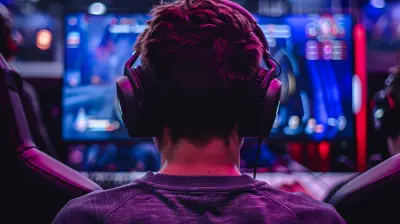
Games That Redefined Competitive Esports

Choosing the Perfect Crowdfunding Timeline for Your Game Project
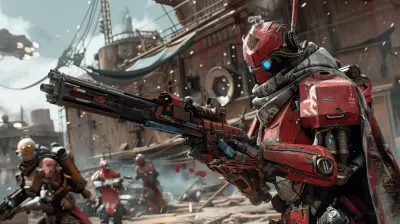
Exploring the Ethics of Free-to-Play Games and Microtransactions

Collaborating with Influencers to Supercharge Your Game's Crowdfunding Efforts

Survival in the Digital Wild: Exploring Life Simulators

Games That Revolutionized Their Genre
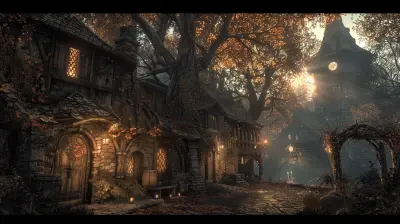
Atmospheric Excellence: How Audio Plays a Role in Game Immersion
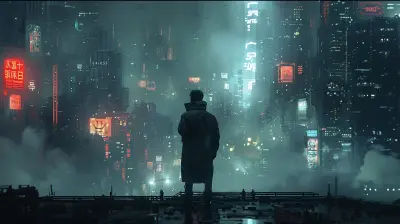
Interpreting the Silent Protagonist in Modern Games
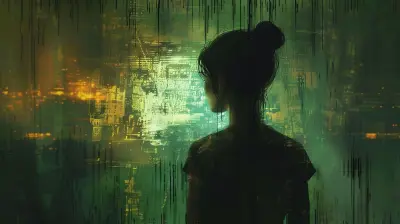
Breaking the Fourth Wall in Game Narratives
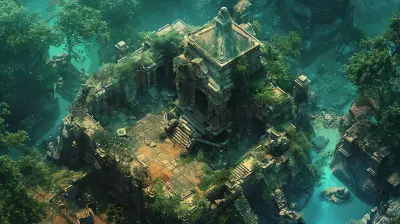
Incorporating Mysteries and Ruins to Deepen World Lore